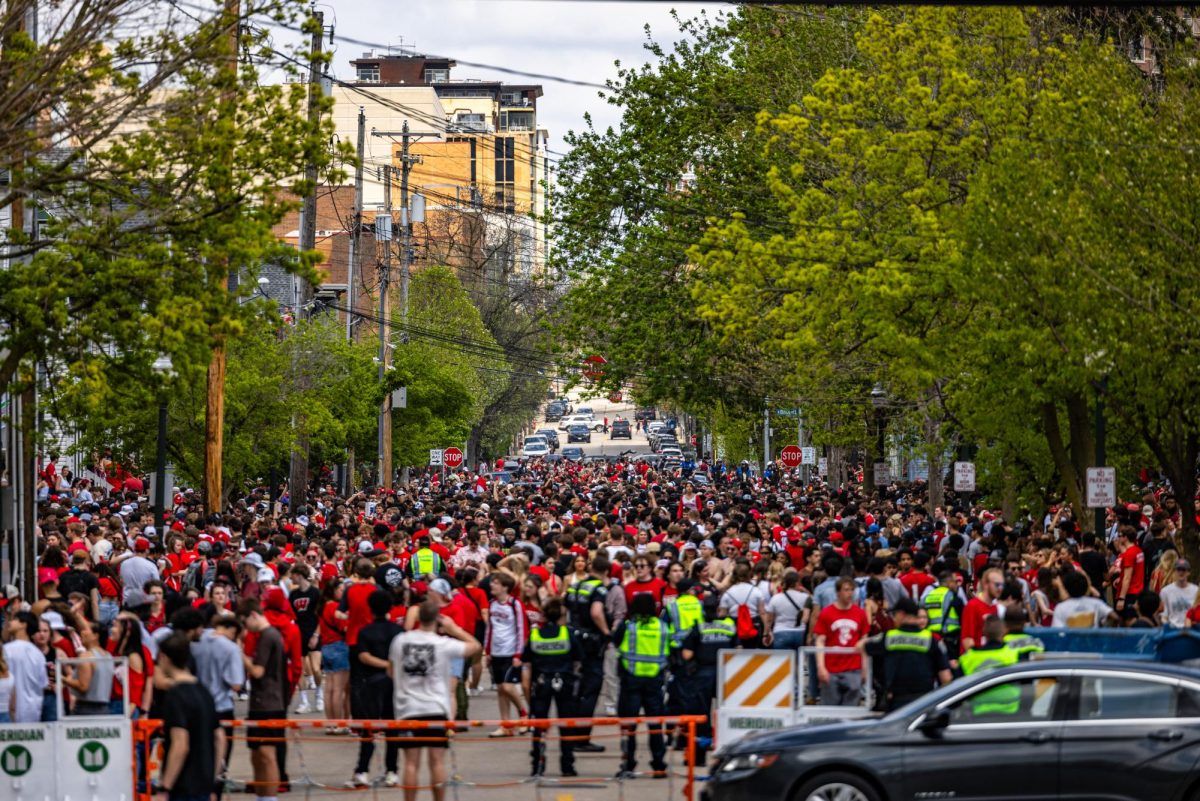
Plans for expanding the Mifflin neighborhood from a strictly student-residential area to one including commercial office buildings sparked controversy among the Plan Commission at a Wednesday night meeting.
Commission members disagreed about whether the economic benefits are worth changing the neighborhood’s character.
Bill Fruhling, principal planner for the City’s Department of Planning and Community and Economic Development, said at the Wednesday meeting the opportunities for expanding the Mifflin area have been debated over the past four years. He added an idea was proposed a couple years ago for the addition of a mid-block urban lane that could provide access to bigger buildings on Mifflin Street, which is contained in the current Downtown Plan.
Plan Commission member Brad Cantrell said Mifflin is a special area, and since it links the university to downtown it could include many things other than residential space.
Cantrell added limiting Mifflin to a residential area prevents the potential benefits that research, office space and retail could have on the area.
“There’s no other spot in Madison that’s connected to the university quite like this one, so I think there’s some unique opportunities and we don’t know what they are at this point in time,” Cantrell said. “I think we should get those options open and flexible.”
Ald. Marsha Rummel, District 6, expressed concern for the urban lane area because it could prove to be an inefficient development.
Rummel said her main concern for moving away from a residential focus in Mifflin is the loss of historic housing. She added preservation of the neighborhood’s history and abundant green space should take higher priority than commercial construction.
“We need to push green space for density and I don’t know if we’re doing that,” Rummel said. “How do we make sure we have the density plus green space for infiltration and environmental purposes”?
In contrast, Eric Sundquist, senior associate for the Center on Wisconsin Strategy, said the urban lane was very popular when it was first introduced because it proposed a unique and interesting aspect to add to the Mifflin Street community.
Michael Waidelich, principal planner for the city’s Department of Planning and Community and Economic Development, said he is not sure that expanding Mifflin to include non-residential buildings would be beneficial to the city.
In addition to the reshaping of the Mifflin neighborhood, the committee weighed the design and layout of State Street as included in the Downtown Plan.
According to Rummel, State Street has room for improvement. She added there should be more of a focus on retail instead of increased restaurant space.
Cantrell said 80 percent of the businesses on the street are local and are very well represented.
“Do we want to keep things local and probably get less total gross product, or do we want to open it up so that we get more Gaps and chains”? Sundquist said.
The Plan Commission will continue to discuss specific details of the Downtown Plan and is slated to take a final vote on the plan in June. City Council is scheduled to take up the matter once the Plan Commission has made its final recommendations.















